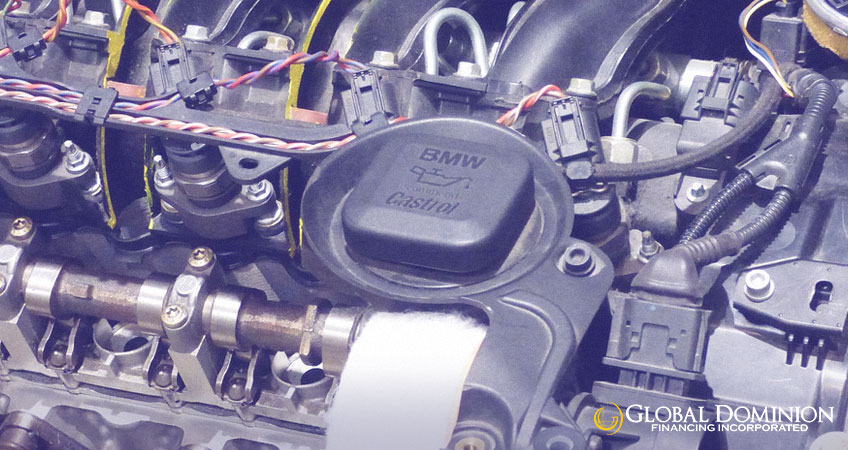6 Car Fluids You Need to Check Regularly

To keep your new or secondhand car in tiptop shape in between its regular tune-ups, you need to check the fluids circulating in it. Not only is it a cheap and straightforward way to avoid or detect engine wear and damage, but it also helps maintain your sweet ride’s hygiene. But while this task is pretty straightforward, it still takes a bit of know-how. So to help you get started, below are six fluids to keep in mind.
Engine Oil
The engine oil helps keep the moving parts of a car engine lubricated. To check it, simply pull out the dipstick from the oil tank, wipe it clean, and place it back in the tank. Pull it out again, and see whether the oil line is in the lower or higher end of the dipstick indicator to determine if you need to refill your engine.
Transmission Fluid
On the other hand, transmission fluid helps keep your pre-owned car’s transmission system well lubricated. Checking whether it needs refilling or not is just as straightforward as checking the engine oil since it has its own dipstick to indicate the fluid’s level and quality.
Coolant
Meanwhile, coolants or radiator fluids help keep your engine from overheating. To inspect this liquid, your vehicle’s engine must still be hot (i.e., the car was recently driven). Be careful when taking off the cap, though. The contents of the radiator are pressurized, and recklessly taking off its lid could cause the hot coolant to burst out.
Brake Fluid
Brake fluids pressurize the car’s brakes, adding power to it. Although it varies depending on the vehicle, the brake fluid reservoir is usually at the back of the engine compartment. Once you locate it, unscrew the lid open to check the liquid level and color.
Power Steering Fluid
The power steering fluid lubricates your ride’s power steering parts, allowing you to control your car’s wheels easily. The power steering fluid reservoir is also located under the hood, usually on the side of the passenger’s seat. To inspect it, just take off the cap and use a dipstick to determine its fluid level.
Air Conditioning Coolant
And then there’s the coolant for the car’s air-con, typically called Freon. Inspecting this fluid can be tricky, and there are times when it’s better just to have a mechanic do it for you, but you can still do it yourself. Just use a proper AC gauge and a thermometer to check the liquid’s temperature.
One Last Tip
Checking these fluids is relatively easy to do. But don’t worry if you’re unable to (or just don’t want to) inspect these liquids on your own! You can always have a mechanic do it for you.





